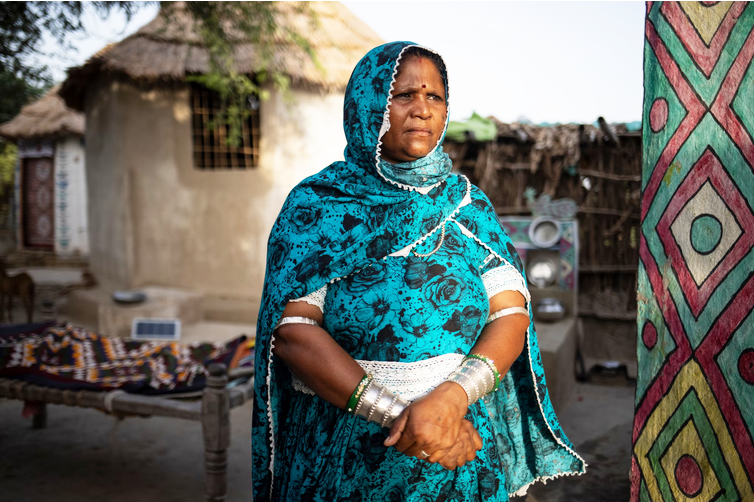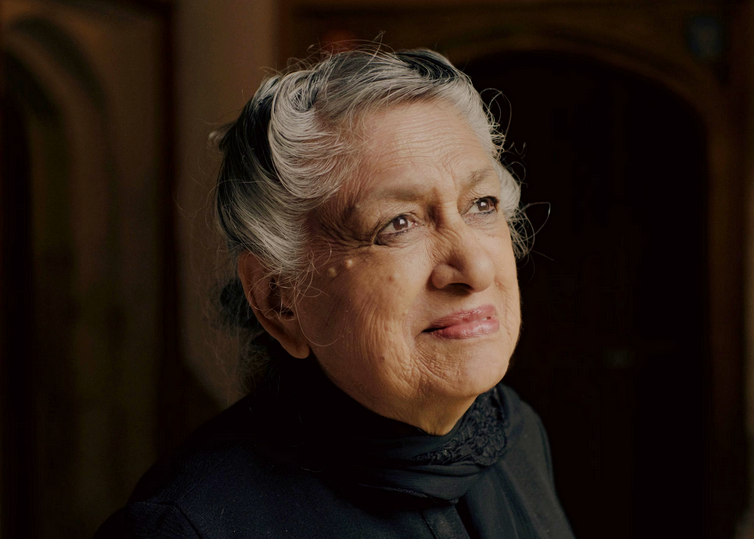 Yasmeen Lari founded the Heritage Foundation of Pakistan in 1980 to preserve the country’s traditional architecture, and they have built some 85,000 structures for displaced Pakistanis, including victims of last year’s devastating monsoon rains.
Yasmeen Lari founded the Heritage Foundation of Pakistan in 1980 to preserve the country’s traditional architecture, and they have built some 85,000 structures for displaced Pakistanis, including victims of last year’s devastating monsoon rains.
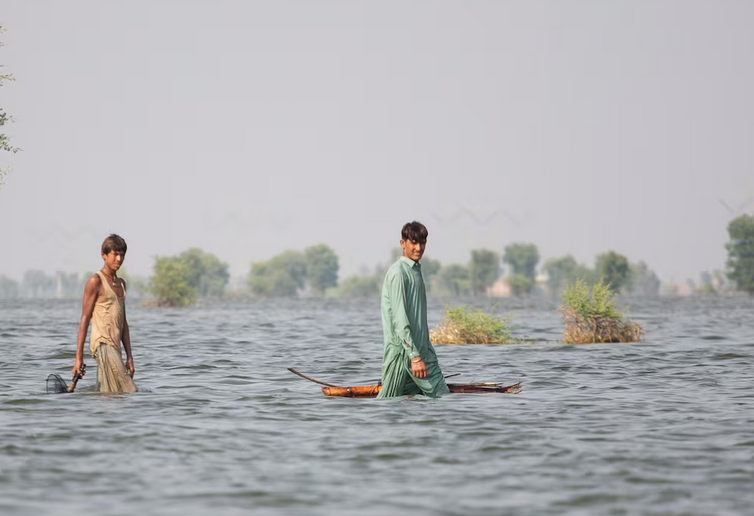 That disaster left a third of the country underwater and destroyed more than 2.1 million homes, but the thousands of bamboo structures Lari’s group had erected “all survived,” she said.
That disaster left a third of the country underwater and destroyed more than 2.1 million homes, but the thousands of bamboo structures Lari’s group had erected “all survived,” she said.
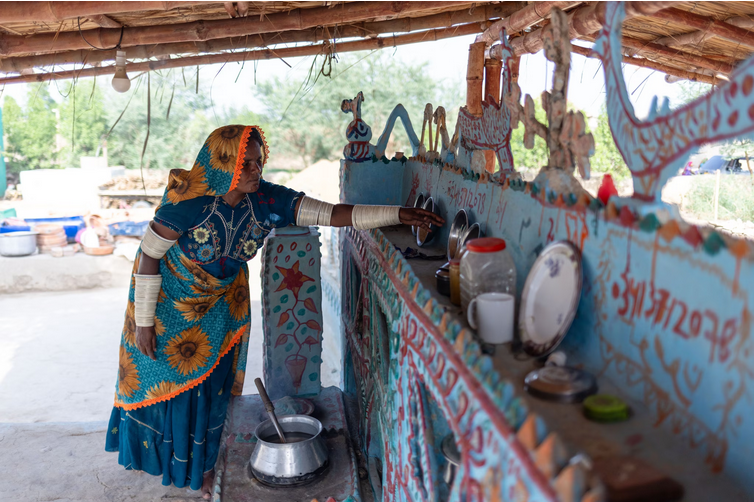 Often the makeshift structures built in emergency situations are not built to last, and many disaster victims end up living in temporary encampments for years as they wait for more permanent dwellings to materialize. So Lari is building more bamboo homes, which are not disaster relief shelters, she insists, but disaster-resistant homes. “This country can’t afford the luxury of obsolescence,” said Lari, “Whatever we build must be long lasting.”
Often the makeshift structures built in emergency situations are not built to last, and many disaster victims end up living in temporary encampments for years as they wait for more permanent dwellings to materialize. So Lari is building more bamboo homes, which are not disaster relief shelters, she insists, but disaster-resistant homes. “This country can’t afford the luxury of obsolescence,” said Lari, “Whatever we build must be long lasting.”
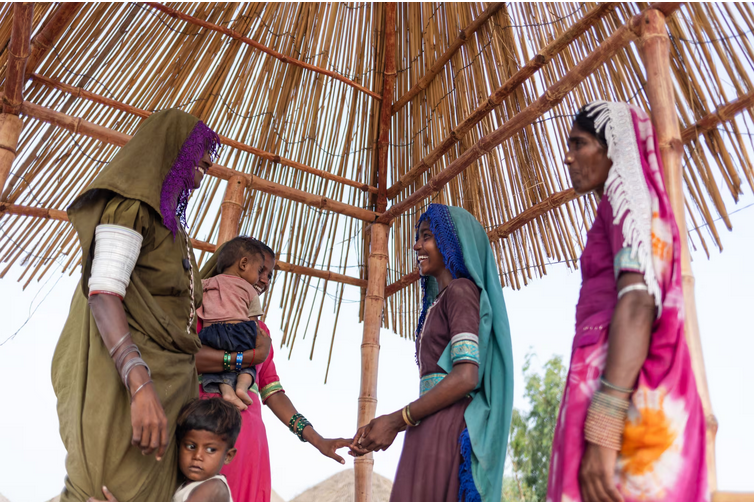 Bamboo can stand for at least 25 years. And, according to Lari, it often lasts much longer. She is one of a growing number of architects pushing a modern bamboo renaissance. Bamboo may not always be the right building material beyond the tropical and subtropical climates where it grows easily, but in places like Pakistan it makes sense. “If bamboo is taken care of,” she said, “bamboo can last forever.”
Bamboo can stand for at least 25 years. And, according to Lari, it often lasts much longer. She is one of a growing number of architects pushing a modern bamboo renaissance. Bamboo may not always be the right building material beyond the tropical and subtropical climates where it grows easily, but in places like Pakistan it makes sense. “If bamboo is taken care of,” she said, “bamboo can last forever.”
 “As it is all tied together, it moves together,” Lari said of her bamboo hut model. “It might swell a bit, but it will come back to its shape.” The bamboo homes, which combine mud and limestone facades with inner bamboo skeletons or bamboo roofs, are designed to be used across Pakistan and beyond; the foundation’s free YouTube videos show how to build the homes.
“As it is all tied together, it moves together,” Lari said of her bamboo hut model. “It might swell a bit, but it will come back to its shape.” The bamboo homes, which combine mud and limestone facades with inner bamboo skeletons or bamboo roofs, are designed to be used across Pakistan and beyond; the foundation’s free YouTube videos show how to build the homes.
 A crew can manufacture and assemble the structures’ eight panels and the interior bamboo beams that support them on-site. Lari designed them so that homeowners can easily make repairs and even additions.
A crew can manufacture and assemble the structures’ eight panels and the interior bamboo beams that support them on-site. Lari designed them so that homeowners can easily make repairs and even additions.
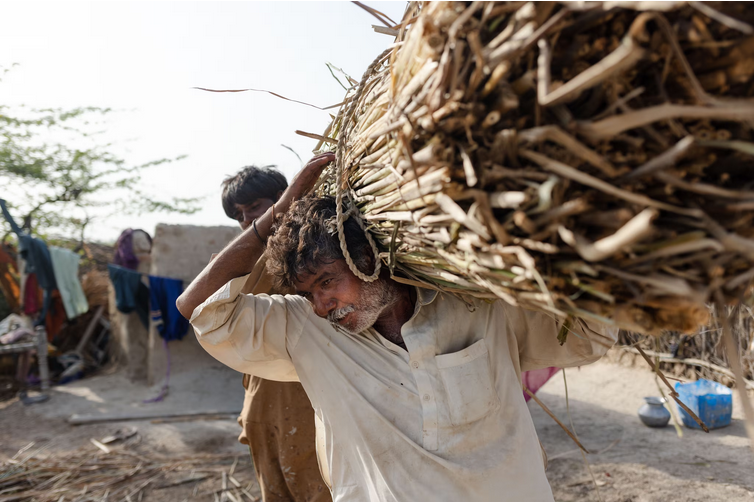 If a flood is coming, homeowners can dismantle the structure’s bamboo skeleton from its permanent foundation and move it to higher ground. Bigger buildings, such as community centers, stand on stilts several feet high.
If a flood is coming, homeowners can dismantle the structure’s bamboo skeleton from its permanent foundation and move it to higher ground. Bigger buildings, such as community centers, stand on stilts several feet high.
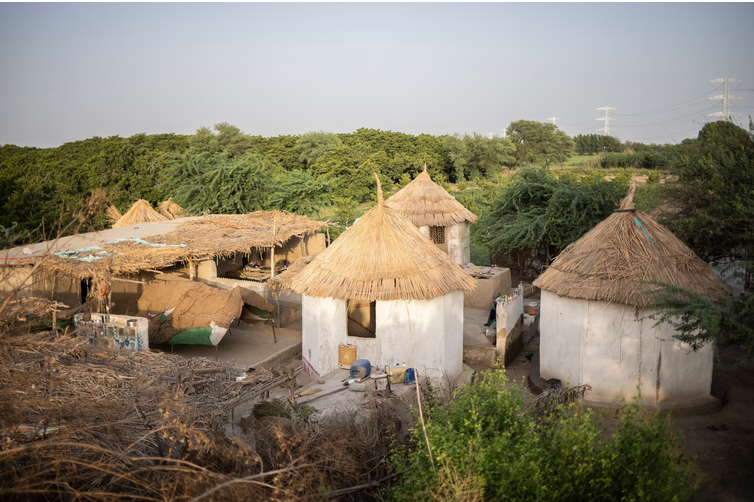 Lari plan is to build 1 million homes in clusters of about 5,000 dwellings to sprout up across Pakistan’s most flood-damaged areas. Each of these permanent homes would cost just $176, Lari said. Each village shares its resources — community kitchens, vegetable and fish farms, chicken coops and production centers. The clusters also encourage women to be breadwinners and decision-makers — a principle deeply important to Lari, who broke through a male-dominated field to become Pakistan’s first practicing female architect.
Lari plan is to build 1 million homes in clusters of about 5,000 dwellings to sprout up across Pakistan’s most flood-damaged areas. Each of these permanent homes would cost just $176, Lari said. Each village shares its resources — community kitchens, vegetable and fish farms, chicken coops and production centers. The clusters also encourage women to be breadwinners and decision-makers — a principle deeply important to Lari, who broke through a male-dominated field to become Pakistan’s first practicing female architect.
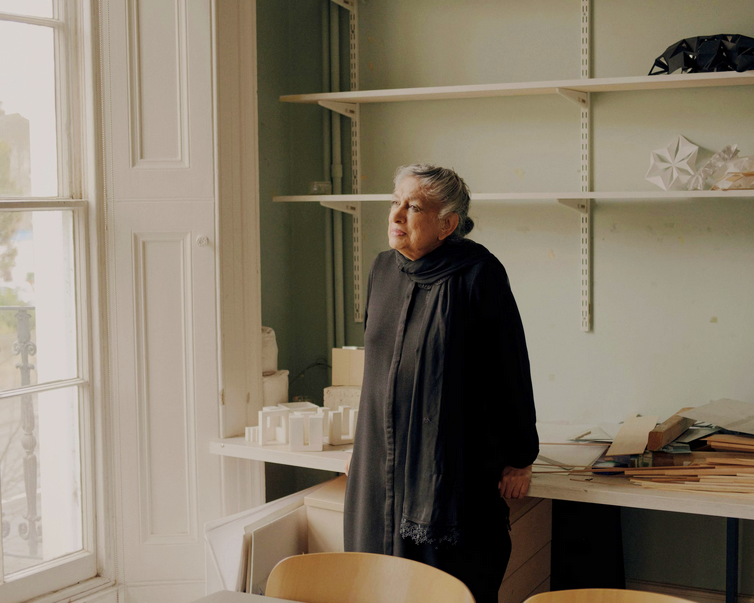 Now 82, Lari continues to carve her own way. While others working to rebuild after recent floods are relying on donations, she’s funding her project through microloans meant to jump-start small businesses within the communities, so every cluster of homes will ultimately pay for itself. “I am no longer relying on outside funding,” she said. “My communities will reach the target themselves with their own resources.”
Now 82, Lari continues to carve her own way. While others working to rebuild after recent floods are relying on donations, she’s funding her project through microloans meant to jump-start small businesses within the communities, so every cluster of homes will ultimately pay for itself. “I am no longer relying on outside funding,” she said. “My communities will reach the target themselves with their own resources.”
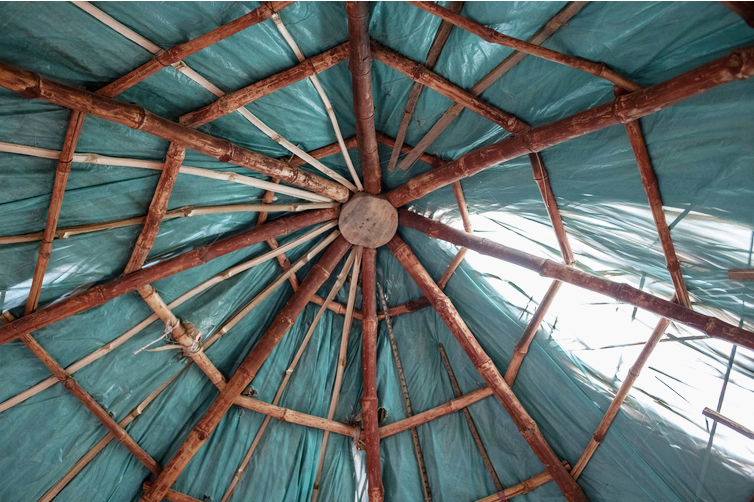 “If I could find a way to spread it everywhere — if I could go cluster by cluster, hub by hub, I want to do it that way.” Lari said.
“If I could find a way to spread it everywhere — if I could go cluster by cluster, hub by hub, I want to do it that way.” Lari said.
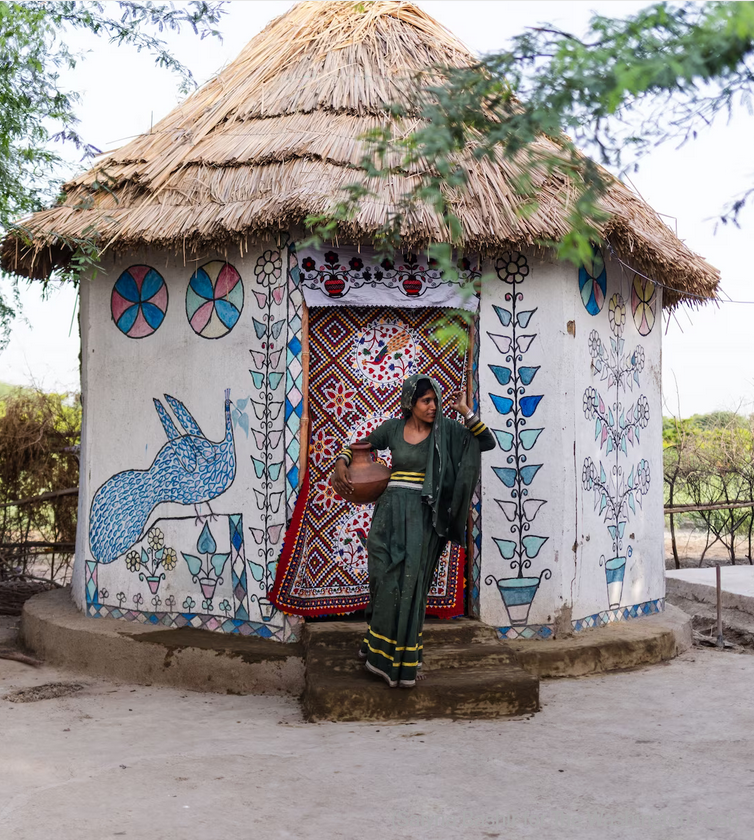 You can read the original article at www.washingtonpost.com
You can read the original article at www.washingtonpost.com

